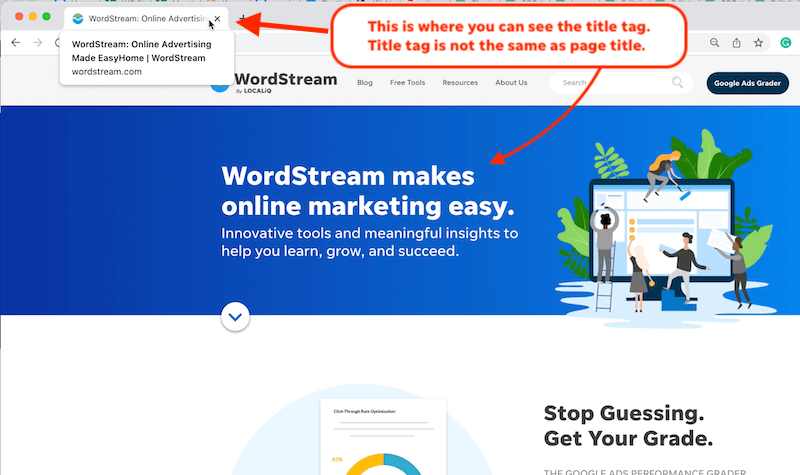An In-depth Check out What Is Ruled Out a Default Medium in Google Analytics
Unveiling the Unconventional Mediums in Google Analytics Beyond Default Settings
In the realm of digital analytics, Google Analytics stands as a cornerstone for companies seeking to recognize their on-line visibility. By venturing past the surface and diving into the details of social media information, e-mail campaign performance, reference website traffic sources, direct traffic patterns, and personalized channel groups, a prize trove of details awaits those ready to accept a more nuanced approach.

Leveraging Social Media Site Insights
Sometimes forgotten, yet exceptionally valuable, is the method of leveraging social media sites insights within the world of Google Analytics. By integrating information from platforms like Facebook, Twitter, Instagram, and LinkedIn into Google Analytics, organizations can acquire a much deeper understanding of their target market and the efficiency of their social media sites projects.
Through this combination, marketers can assess and track user habits on their internet site that stems from social media platforms. They can recognize which social media sites channels are driving the most traffic, which material is resonating with the target market, and which projects are transforming one of the most leads. This insight allows for data-driven decisions to enhance social media sites strategies and improve overall advertising performance.
In addition, by combining social media sites insights with Google Analytics, services can produce a lot more targeted and individualized campaigns - what is not considered a default medium in google analytics. They can use demographic information, interests, and on-line actions collected from social media sites to refine their target market division and supply tailored messages that resonate with particular client groups. This targeted approach can lead to greater interaction, boosted conversions, and inevitably, enhanced return on investment
Discovering Email Campaign Efficiency
Revealing Email Campaign Performance includes analyzing vital metrics and performance indications to evaluate the performance of email advertising efforts. When delving right into email project performance, it is crucial to examine metrics such as open prices, click-through rates, conversion prices, and unsubscribe rates. Open up prices indicate the percent of receivers who opened up the e-mail, supplying understanding right into the efficiency of subject lines and sender names. Click-through rates gauge the portion of receivers who clicked on web links within the email, revealing involvement degrees. Conversion prices track the percent of recipients who completed a wanted action after clicking a link in the e-mail, such as buying or signing up for an e-newsletter. Last but not least, unsubscribe prices highlight the number of recipients who opted out of receiving further e-mails, dropping light on e-mail content quality and relevance. By assessing these metrics, marketers can fine-tune their e-mail projects for much better interaction and efficiency.
Analyzing Referral Web Traffic Sources
After reviewing the performance of email projects with vital metrics such as open rates and conversion rates, the following crucial step is examining recommendation traffic resources in Google Analytics to understand where site site visitors are originating from and exactly how they connect with the site. Recommendation web traffic resources describe the internet sites that guide customers to your website through clickable links. By diving into this information, businesses can gain insights right like it into which exterior systems are driving website traffic to their website, whether it be social media sites platforms, companion internet sites, or on the internet directories.
Assessing referral traffic can give important details on the efficiency of outside advertising efforts and collaborations. It aids organizations recognize high-performing reference resources that add considerably to internet site traffic and conversions. By comprehending the habits of visitors coming from various recommendation resources, companies can tailor their advertising strategies to maximize engagement and conversions. Google Analytics uses detailed reports on reference traffic, permitting businesses to track the performance of each reference source accurately and make data-driven choices to improve their on the internet visibility.
Exploring Straight Traffic Patterns
Checking out the direct traffic patterns in Google Analytics offers beneficial insights into user actions and the performance of campaigns - what is not considered a default medium in google analytics. Direct web traffic describes visitors that come down on an internet site by straight typing the link into their web browser, utilizing book marks, or clicking on untagged links. Recognizing straight traffic patterns can aid marketing professionals Visit Website examine the impact of offline advertising efforts, brand name recognition, and the effectiveness of word-of-mouth references
By diving into direct website traffic information, companies can uncover important details regarding user intent and brand commitment. Examining the behavior of straight site visitors, such as the pages they check out, the time invested in site, and the conversion rate, can provide a deeper understanding of individual engagement and the total efficiency of the website in converting site visitors right into clients.
Furthermore, tracking direct website traffic patterns with time allows companies to identify patterns, seasonality impacts, and the success of details projects or promos in driving direct check outs. This details can then be utilized to improve advertising methods, enhance site content, and enhance the overall user experience to take full advantage of conversions.
Utilizing Personalized Channel Groupings
Making use of customized channel collections in Google Analytics permits services to categorize and examine their site web traffic based on certain criteria, giving important insights for enhancing marketing approaches. Custom-made channel groupings enable companies to develop their very own personalized groupings of traffic sources, such as social media, organic search, e-mail projects, and recommendation traffic. By specifying these groupings, organizations can acquire a deeper understanding of just how different advertising channels add to their website traffic and conversions.
This attribute is especially useful for services with diverse advertising and marketing techniques throughout different systems. For instance, a firm running both paid and organic social media sites campaigns can set apart between both to examine their individual efficiency accurately. Additionally, custom network groupings can assist recognize any type of neglected or undervalued website traffic resources that might be driving useful engagement.
Final Thought

By venturing beyond the surface area and diving right into the details of social media data, email project performance, referral web traffic resources, direct traffic patterns, and personalized network groupings, a prize chest of information awaits those willing to embrace a more nuanced approach. They can identify which social media networks are driving the most traffic, which web content is reverberating with the audience, and which projects are transforming the most leads.After assessing the performance of e-mail campaigns through vital metrics such as open rates and conversion their website prices, the following critical action is examining reference web traffic sources in Google Analytics to recognize where site visitors are coming from and how they interact with the website. Custom channel groups allow companies to create their own customized collections of web traffic sources, such as social media, organic search, e-mail projects, and recommendation web traffic. By leveraging social media insights, revealing email campaign performance, examining reference website traffic sources, checking out straight web traffic patterns, and utilizing custom-made channel groupings, marketing experts can obtain important insights right into their on the internet presence.